7 Best Picture Settings for a Samsung TV: Should Contrast Enhancer Be On or Off?
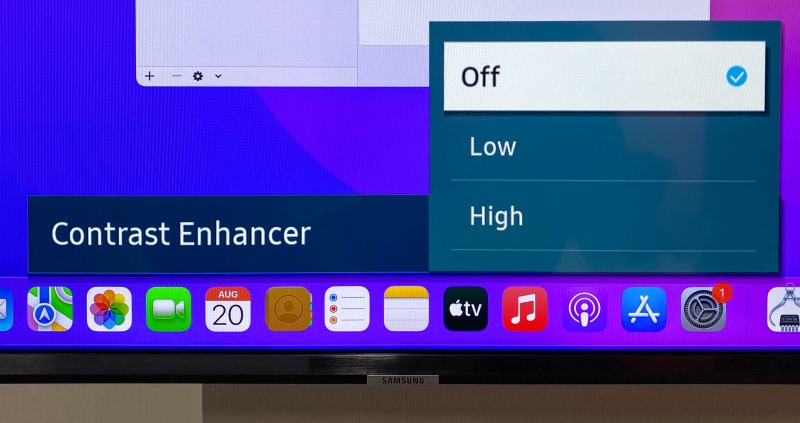
What To Know
- Samsung TVs’ Contrast Enhancer can make colors brighter, but it might change how movies are meant to look; you can easily switch it on or off based on what you like.
- You can adjust your TV’s picture either with simple preset options for good balance or use a computer for more detailed settings, with Filmmaker and Movie Modes being great for true-to-life colors.
- For sports and gaming, turn on Game Mode for less delay and smoother visuals, and try other features like HDR and VRR depending on the game.
In this article, I’ll guide you through using the Samsung Contrast Enhancer and other Picture settings to achieve the best picture quality for your Samsung TV.
Let’s explore how to tailor these settings to your personal preferences for optimal picture quality!
Quick Navigation
1. Contrast Enhancer
While a TV’s contrast enhancer setting can be helpful as it brightens the image’s colors, some film enthusiasts argue that it can disrupt a film’s color theme by brightening some scenes that are intentionally dim.
However, other users argue that this setting is a must for animated films and nature documentaries, so it’s completely up to you whether you want to enable it or not.
Step 1: Click on the Settings option found on the TV’s Home screen.
Step 2: Head to Picture Mode.
Step 3: Navigate to Expert Settings.
Step 4: Select Contrast Enhancer.
Step 5: To disable this feature, set Contrast Enhancer to Off.
If you’re a visual learner, watch the video below demonstrating how to enable/disable the Contrast Enhancer setting.
2. Adjusting the Picture Settings
There are two ways you can adjust your TV’s picture settings: using the TV’s preset picture settings and using websites on your computer.
While adjusting your TV’s preset picture settings is certainly easier, using a computer will allow you to calibrate each of the TV’s settings more precisely.
Let’s learn how to do both!
Using Preset Picture Settings
The preset picture settings that will ensure your TV have the most balanced and color-accurate results are Filmmaker Mode and Movie Mode.
These settings will subtly enhance your TV’s picture without noticeably distorting the coloring. They’re also the perfect choice for film fanatics who want movies’ color themes to be as accurate as possible. Additionally, they’re great for nature documentaries, as they’ll make the animals and plants on-screen look incredibly lifelike.
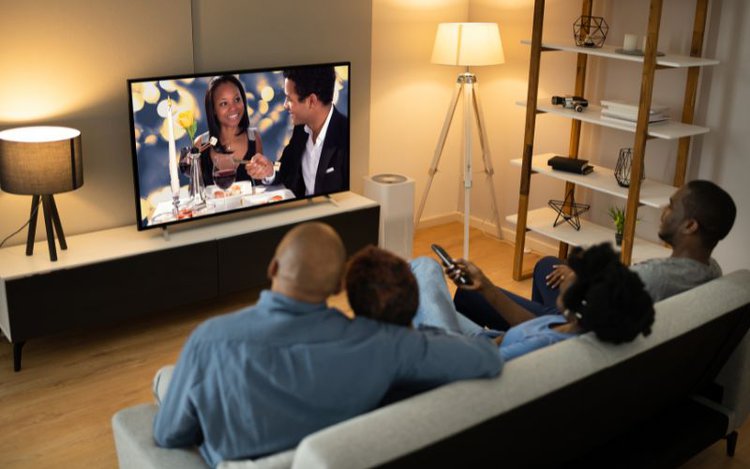
Step 1: Navigate to your Samsung TV’s Home page by pressing the Home button on your remote.
Step 2: Head to the left of the screen and highlight (but do not select) Settings.
Step 3: Scroll up and click on Picture Mode.
Step 4: Click OK to browse all of the available picture modes. Ensure that Filmmaker Mode or Movie Mode is selected before pressing your remote’s Home button to exit the settings.
Watch the video below demonstrating how to change your Samsung smart TV’s picture mode.
Using a Computer
You can adjust your Samsung TV’s picture settings by connecting your computer to your TV with a wired connection. You will need to use a TV picture calibration website, like lagom.nl, to customize the image.
Don’t worry if you don’t have much experience calibrating a TV’s image. Lagom and other similar websites have comprehensive guides that direct you on how to select the right contrast, sharpness, gamma, black level, white saturation, etc., for your TV model.
That said, your options are slightly limited when calibrating Samsung TVs, so you may only be able to calibrate your TV’s brightness, contrast, sharpness, color, tint, and gamma. Still, this will allow you to customize your TV’s image much more than the preset settings will.
Step 1: Connect your desktop or laptop to your Samsung smart TV with an HDMI cable. Then, adjust your TV’s Input so that your computer’s desktop is displayed on-screen.
Step 2: Now, turn your attention to your computer. Open any web browser, then head to lagom.nl.
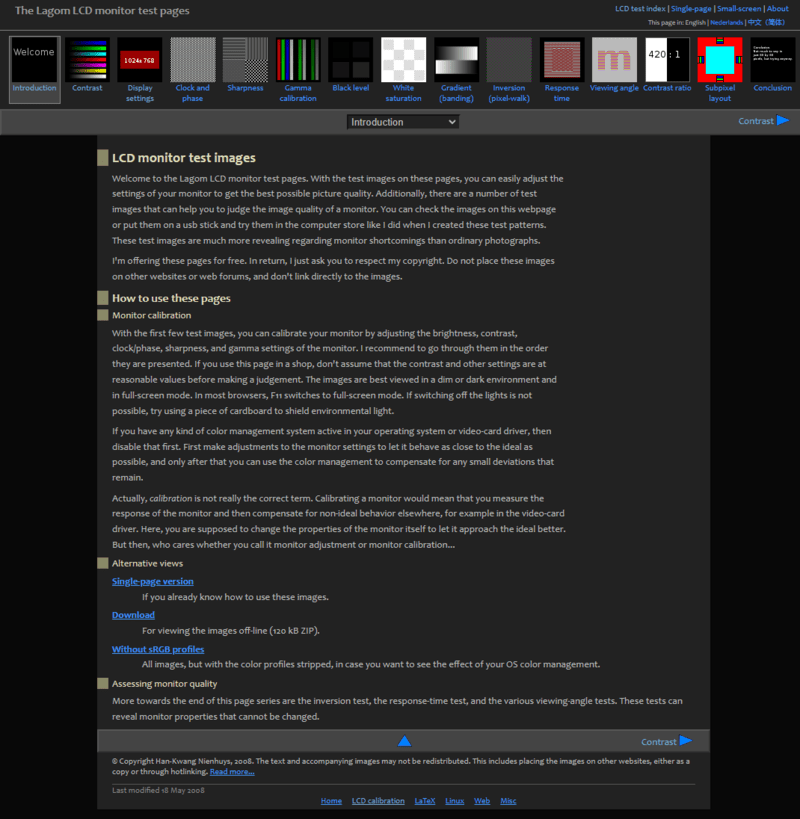
Step 3: Find the list of adjustable picture settings at the top of the screen. Here, you can select the setting you want to customize. For instance, select Contrast if you want to calibrate your TV image’s contrast.
The website also includes instructions on how to use the website to customize your TV’s image.
Step 4: Now, go back to your TV and use the remote to open the Settings found on the Home page.
Step 5: Then, head to Picture.
Step 6: Go to Expert Settings.
Step 7: Click on the setting name you want to calibrate. So, if you want to calibrate the Contrast setting, select it and use your computer to adjust it until all of the RGB color bars are crisp and separate from one another.
This may take some time, so be patient and feel free to take breaks to readjust your eyes.
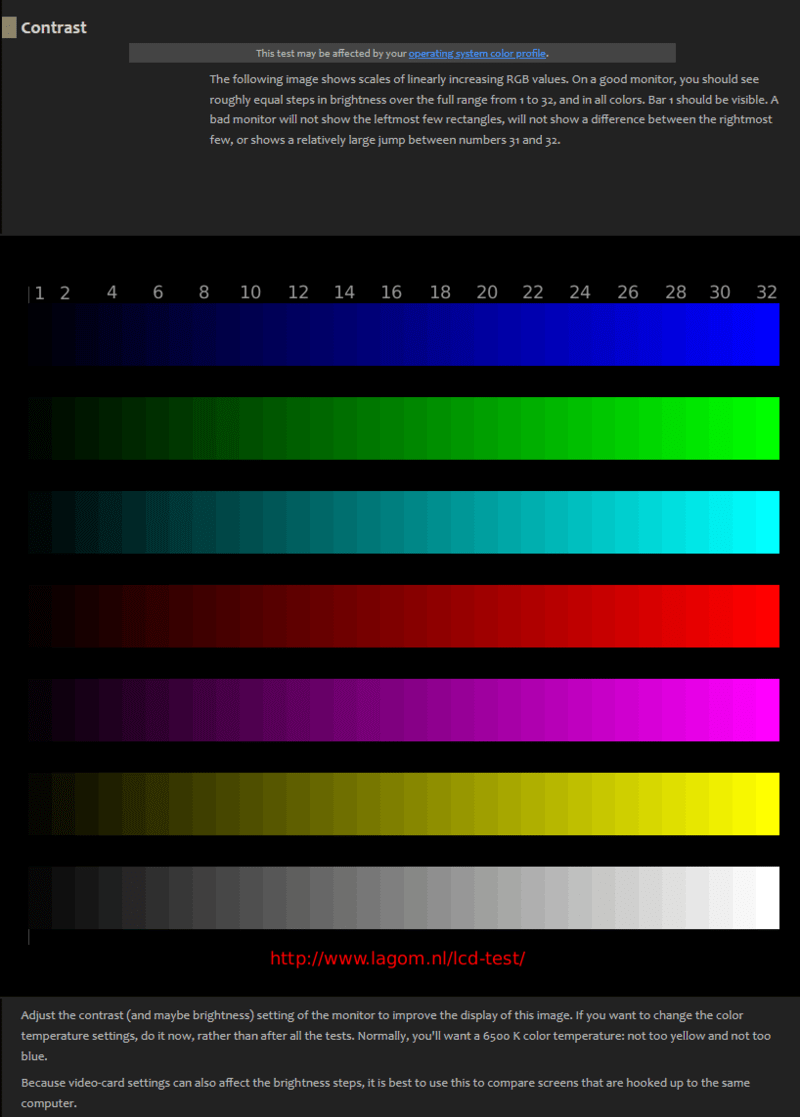
Step 8: Once you’ve perfected one setting, proceed to the others until the TV’s image meets your expectations.
3. Best Settings for Sports and Gaming
While Filmmaker Mode and Movie Mode may work perfectly well for TV series and documentaries, they aren’t ideal for sports and gaming. This is because sports and video games tend to be fast-paced and can seem blurry.

To avoid Sunday football looking like a Jackson Pollock painting, it’s important to select a mode with a low input lag and high refresh rate. This will ensure the games’ movements look smooth, which can drastically enhance your viewing experience.
Step 1: Click the Home button of the Samsung TV remote.
Step 2: Use the remote’s Left Arrow (←) button to go to the left side of the screen and highlight Settings. There’s no need to select it yet.
Step 3: Scroll up and click on Game Mode.
Step 4: Press OK.
Step 5: Press your remote’s Play/Pause button to reveal the Game Bar.
Step 6: Use your remote to change the Input Lag to Fastest. This will get rid of any blurriness that can occur with fast-paced content.
Step 7: Next, adjust the FPS (or frames per second) to the highest available value. While this option isn’t recommended for normal viewing, it’s ideal for sports and video games.
Step 8: If available, you can also enable or adjust other gaming-specific settings, like HDR (or high dynamic range) and VRR (or variable refresh rate). While some avid gamers swear by these settings, others think they darken the picture.
So, it’s up to you whether or not you want to enable these settings. Additionally, some video games may be more compatible with these options than others, so feel free to enable/disable them on a case-to-case basis.
Watch the video below to learn how to adjust your Samsung TV’s picture settings for sports and video games.
4. Other Settings to Change
If you’re a picture-setting fanatic, then you can change a few other of your TV’s settings to ensure you have the brightest and clearest picture possible.
These settings are entirely optional, but if you do choose to adjust them, we promise your viewing experience will go from good to great!
Usage Mode
Samsung TVs feature two usage modes.
The first is Demo Mode, which is commonly used for TVs still in the store as it displays advertisements for your TV model.
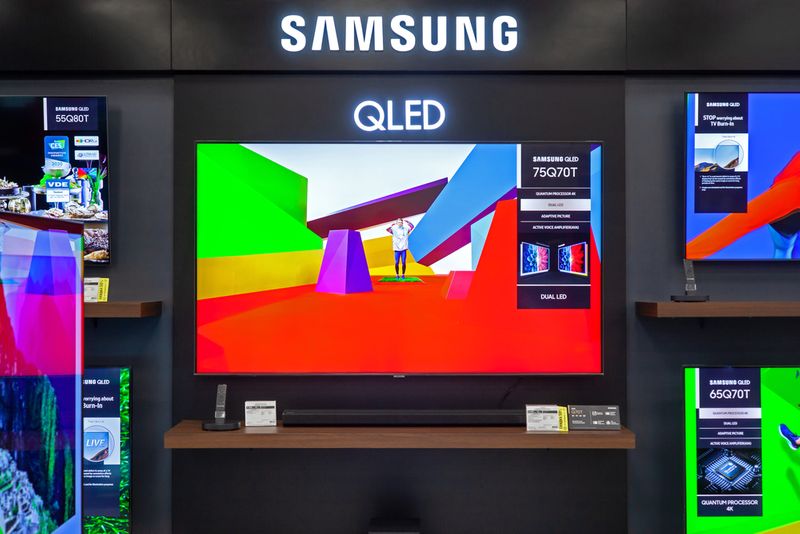
The second one is Home Mode. As the name suggests, this is the model users should use when they have their TV set up in their homes. This mode also allows you to adjust certain settings that would otherwise be locked in Demo Mode.
Let’s learn how to disable Demo Mode and enable Home Mode.
Step 1: Head to your Samsung TV’s Settings.
Step 2: Go to General.
Step 3: Open the System Manager.
Step 4: Click on Usage Mode.
Step 5: Select Home Mode to enable it and disable Demo Mode.
To see how to adjust your Samsung TV’s mode, watch the video below.
Auto Brightness
Your Samsung TV’s brightness settings may be set to Brightness Optimisation. While this can be helpful as it will automatically adjust your TV’s brightness, it’s not always accurate and may randomly dim or brighten the picture.
To fix this, you will need to disable auto brightness and adjust the brightness manually.
Step 1: Navigate to your Samsung TV’s Settings.
Step 2: Head to General.
Step 3: Click on Power and Energy Saving.
Step 4: If you decide to disable your TV’s auto brightness feature, disable Brightness Optimisation by toggling it Off.
Alternatively, you can keep it on but adjust the Minimum Brightness according to your preferences. This will prevent the image from becoming too dim and negatively affecting the overall picture quality.
To learn how to calibrate your TV’s auto brightness settings, watch the tutorial below.
Picture Clarity Settings
These last settings will enhance your TV picture’s clarity, reducing juddering and flickering. You can also adjust your TV’s sound settings here, which can come in handy if your TV produces a static noise.
Step 1: Navigate to the Settings.
Step 2: Select Picture Mode.
Step 3: Open Expert Settings.
Step 4: Go to Picture Clarity Settings.
Step 5: Select Custom from the list of Picture Clarity options.
Step 6: If your TV frequently judders, you can calibrate the Judder Reduction setting until the picture is steady and clear.
Step 7: Additionally, you can ensure LED Clear Motion is toggled off as this feature tends to flicker or randomly dim the image.
Step 8: Finally, you can adjust the Noise Reduction setting should your TV emit a static noise. Follow the on-screen instructions to adjust this feature until the random noise is gone.
To learn more about a Samsung TV’s picture clarity settings, what they do, and how to adjust them, watch the tutorial below.
Yesenia Achlim is a technical copywriter and editor with a focus on AV equipment. She aims to break down complicated topics and make technology accessible, no matter your technical expertise. When she’s not teaching you how to replace a projector lamp, you can find her reading and baking.

